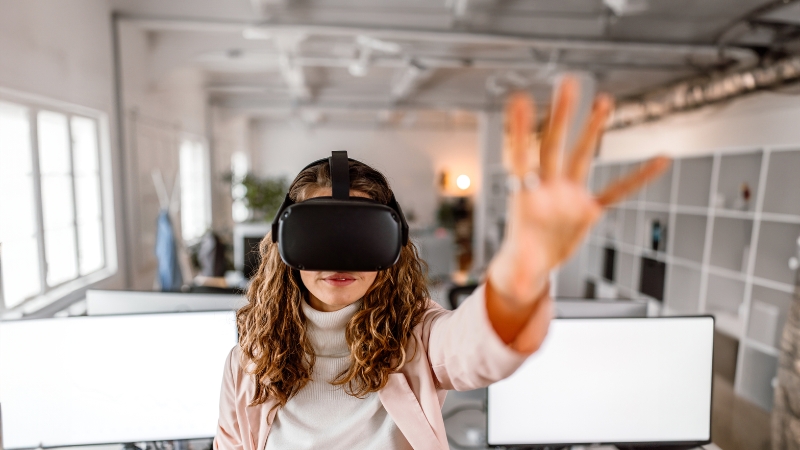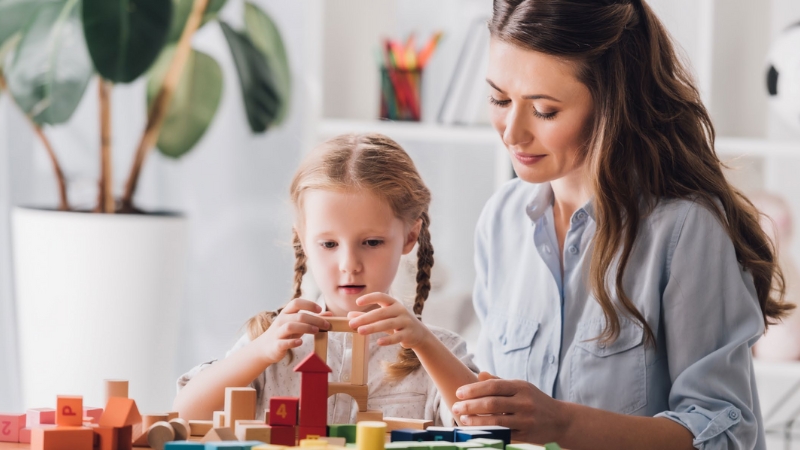In this article
ToggleA crawling baby is doing far more than getting around. They’re enjoying a bit of independence and building their strength. They’re developing their senses of balance, vision and hearing. And they’re also developing their brain coordination.
Criss-cross crawling involves moving one arm and the opposite leg. To do that, a baby must coordinate movements while integrating and processing information from the senses. The criss-crossing isn’t limited to arms and legs though. Criss-crossing is happening in the brain too as information runs back and forth between its two hemispheres, developing the band of nerves that supports ongoing communication.
Cross-lateral movements such as crawling activate both sides of the brain in a balanced way. They also enable a baby to cross the midline of the body (e.g. moving the right arm to the left side), which supports the integration of reflexes.
That’s just one illustration of the importance of brain balance and coordination (and it’s one reason why so many paediatric therapists will ask if your child crawled).
How does the brain work?
Your child’s brain has a huge job to do. It’s responsible for managing their:
- Thoughts and choices
- Feelings and memories
- Movements, balance and coordination
- Sensations, including pleasure and pain
- Breathing, heart rate and temperature (whether you’re awake or asleep)
- Speech and language
- Organ function
- Stress responses (fight, flight or freeze).
The brain is highly organised, divided into areas that serve specific functions. The temporal lobes, for example, sit on each side of the brain behind the ears. The right temporal lobe includes an area that helps your child recognise faces and objects (visual memory). The left temporal lobe includes an area that helps them remember and understand language (verbal memory).
But the lobes of the brain do not function alone. They support and reinforce one another, constantly sending messages back and forth along routes called neural pathways.
As mentioned above, the left brain plays a key role in language. It’ll help your child understand the most obvious meaning of a sentence. But they’ll need their right brain to help understand figurative language. Only with the two sides working together in a balanced way can they understand that ‘It’s raining cats and dogs out there!’ refers to surprisingly heavy rain rather than pets dropping from the sky.
Brain imbalances
Ideally, the sides of the brain should develop at the same rate and information should pass easily between them.
But that doesn’t always happen. Sometimes one side is damaged through a traumatic injury or a stroke. Sometimes, one side outpaces the other and grows faster and stronger. And sometimes, there’s a problem with the neural pathways which means the two sides of the brain can’t communicate easily and so can’t support each other’s work as they should.
How do I know if the brain is not balanced?
A brain imbalance may present in several different ways. Sometimes, it’s quite obvious, such as a loss of function after a stroke. Here, there’s a clear difference in function before and after that event. Depending on the nature and severity of the injury, the person may be able to regain some of that lost function by training their brain to harness other areas and develop new neural pathways.
At other times, a brain imbalance may be less obvious, particularly in children – after all, you’ve only ever known your child this way.
Brain imbalance lies behind many of the conditions that may affect a child’s progress relative to their peers. That includes learning disabilities, neurodevelopmental conditions and neurobehavioural disorders. Signs include slower processing, poor body coordination and movement patterns and, often, social difficulties.
But the brain isn’t set in stone. It’s a marvellously adaptable organ that changes over time depending on the stimulus it receives. That’s where brain training comes in.
Brain training
Brain training aims to stimulate the weaker areas of the brain so that they grow in strength and connections.
One study by Harvard University and Maclean Hospital found that brain training helped kids with ADHD to:
- Reduce their ADHD index scores significantly
- Become noticeably less hyperactive
- Improve their concentration
- Build connections between various brain areas involved in memory and stress responses (demonstrated by brain imaging results).
Brain-based therapies at Neurofit Brain Centre
Here at Neurofit Brain Centre, we use many evidence-based therapies (often in combination) to stimulate the chosen area of your child’s brain and help it grow stronger and form new neural pathways.
It can be particularly helpful for children with learning disorders or conditions like ADHD and autism.
We begin with a detailed assessment and then, based on these findings, we develop a personalised treatment plan that often involves an intensive 12-week program to stimulate any injured or underdeveloped areas of your child’s brain.
If you’d like to learn more about how we could help your child, please contact us.
Disclaimer
All information is general and is not intended to be a substitute for professional medical advice. Neurofit Brain Centre can consult with you to confirm if a particular treatment approach is right for you.








